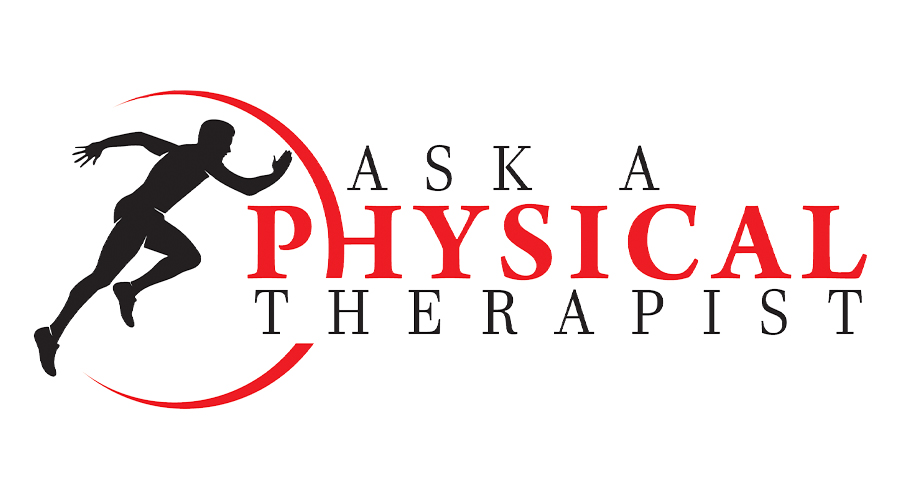ASK A PHYSICAL THERAPIST
- 27 Apr - 03 May, 2024

Q: What is Cerebral Palsy? Why one need help of the Physical Therapist in the treatment of Cerebral Palsy?
A: Cerebral palsy describes a group of permanent disorders of the development of movement and posture, causing activity limitations that are attributed to non-progressive disturbances that occur in the developing fetal or infant brain. The motor disorders of CP are often accompanied by disturbances of sensation, perception, cognition, communication, and behavior as well as seizures and secondary musculoskeletal problems.
There is no single specific cause of the constellation of symptoms known as CP. Rather, the potential causes of CP are known to occur in the prenatal stage of development and are also grouped with congenital problems in the perinatal or neonatal period and the postnatal or postneonatal period. Prenatal causes include vascular events such as a middle cerebral artery infarct, maternal infections during the first and second trimester, metabolic disorders, etc. Problems during delivery can be obstructed labor, antepartum hemorrhage, or prolapsed. Some neonatal causes include hypoxic–ischemic encephalopathy, neonatal stroke, severe hypoglycemia, untreated jaundice, and severe neonatal infection. Maternal factors include delayed onset of menstruation, irregular menstruation, long intermenstrual intervals, unusually short or long intervals between pregnancies, low social class in children with normal birth weight, parity of three or more in preterm, previous fetal deaths, intellectual disability, seizures, thyroid disease, advanced paternal age, etc. Postnatally acquired CP can be due to metabolic disorders, infections, and injuries.
The signs and symptoms of CP may be apparent in early infancy. Infants presenting with abnormal muscle tone, atypical posture, and movement with persistence of primitive reflexes may be diagnosed earlier than 2 years of age. Milder cases of CP may not be diagnosed until 4 to 5 years of age. Evaluation of the child’s motor skills, neuroimaging, and evidence that symptoms are not progressing are key elements of this diagnosis. Neuroimaging of the brain, such as cranial ultrasound, computed tomography (CT), and magnetic resonance imaging (MRI), can show the location and type of brain damage.
CP may be classified by the type of movement disorder, anatomical location of the child’s impaired motor function, and scope of motor dysfunction. The type of movement disorders can be described as spastic, hypotonic, dyskinetic, or ataxic. The three most common patterns described are hemiplegia, which involves one arm and one leg on the same side of the body, diplegia, which involves both lower extremities and quadriplegia, which refers to involvement of all four limbs as well as back and neck musculature. Spasticity occurs in approximately 75% of all children with CP. It is the most common neurologic abnormality seen in children with CP, including those with diplegia, hemiplegia, and quadriplegia. Spasticity can cause secondary disorders such as hip dislocation, scoliosis, knee contracture, etc. These changes often have significant effects on function, including effortful gait patterns, difficulty assuming and sustaining seated positioning, and difficulty performing self-care activities such as toileting, bathing, dressing, and self-feeding. Dyskinesia and movement disorders result in generally uncontrolled and involuntary movement that includes athetosis, rigidity, tremor, dystonia, ballismus, and choreoathetosis. Ataxic CP is primarily a disorder of balance and control in the timing of coordinated movements along with weakness, and incoordination.
A Physical Therapist works with the patients and their family members. He collects data regarding the patient and examines functional skills and the capacity for change, gross motor control, communications, fine motor control, social skills/control of behavior, etc. Evaluate areas of concern, system impairments, ineffective posture and movement, functional limitations, barriers to participation and design plan of care including specification of the anticipated goals and expected outcomes (long term and short term), frequency and duration of intervention, strategies of intervention, the role of client, family, and other medical and educational professionals, client-centered programs as appropriate, measures to promote health, wellness, and fitness, schedule for reexamination.
Several factors help to determine the desired treatment approach or treatment technique when working with children with CP. The severity of the child’s impairments, their functional limitations, as well as the child and family’s goals all influence the design of an effective treatment plan.
Children with CP face a lifetime of functional challenges that can be ameliorated intermittently with physical therapy. The nervous system of the infant and child with CP is impaired in some way, and it is not possible to make that child “normal.” In general physical therapy allows the infant or child to become the most independent in performing functional tasks throughout his or her lifetime. The provision of physical therapy changes in frequency and duration as the infant or child grows and develops, with periods when the child does not receive formal physical therapy intervention. Therefore, it is paramount that we identify the most critical times for formal therapy, the times for adjunctive therapies, and the times when an independent program will be adequate. There are various methods of therapeutic intervention, including therapeutic exercise and strengthening, neurodevelopmental treatment (NDT), therapeutic handling, sensory integration (SI) and sensory processing disorder (SPD), Modified Constraint-induced Movement Therapy, treadmill training and robotic-assisted ambulation, electrical stimulation (ES), aquatics, hippotherapy, and community programs. A physical therapy setup has adaptive types of equipment that are used as per the requirement and condition of the patient. Some patients may be guided about the use of orthosis, splinting, etc. In addition to physical therapy sessions at a setup, the family of the patient is also guided about the home plans. Cerebral Palsy is a condition we need to fight with. The patient can attain an independent stature if physical therapy is started early.
COMMENTS